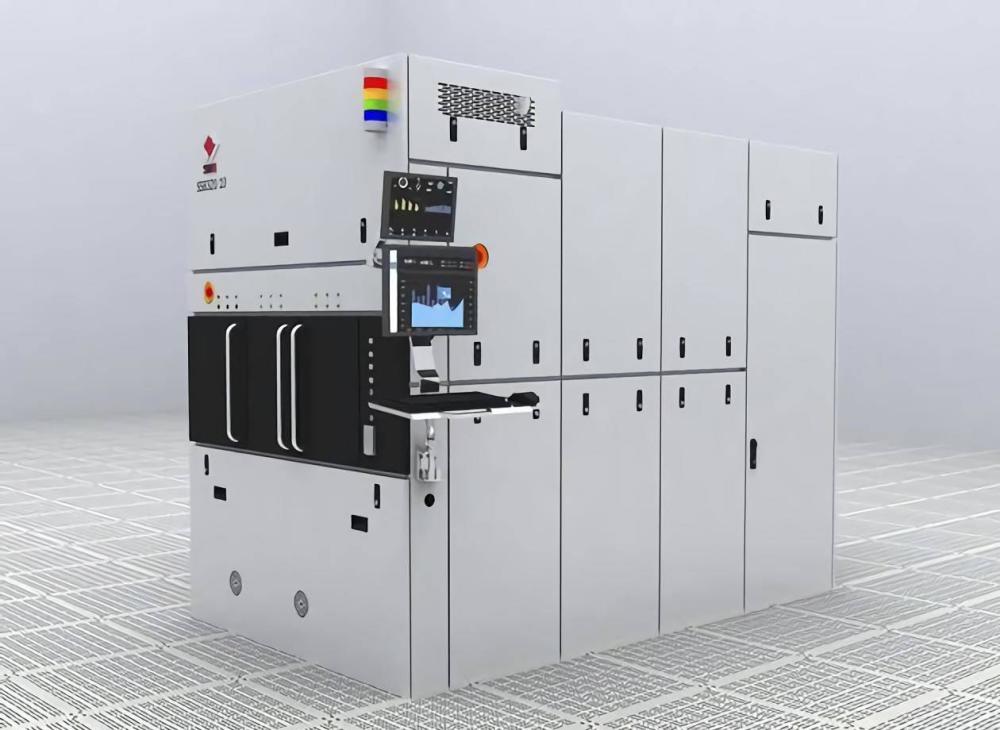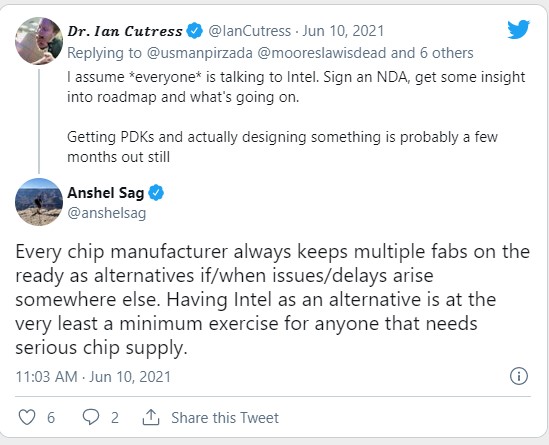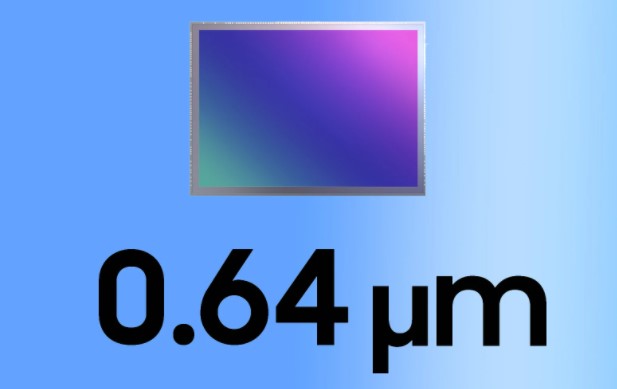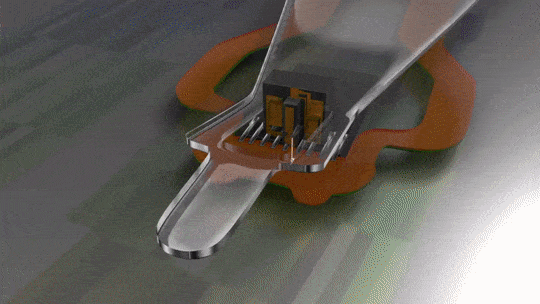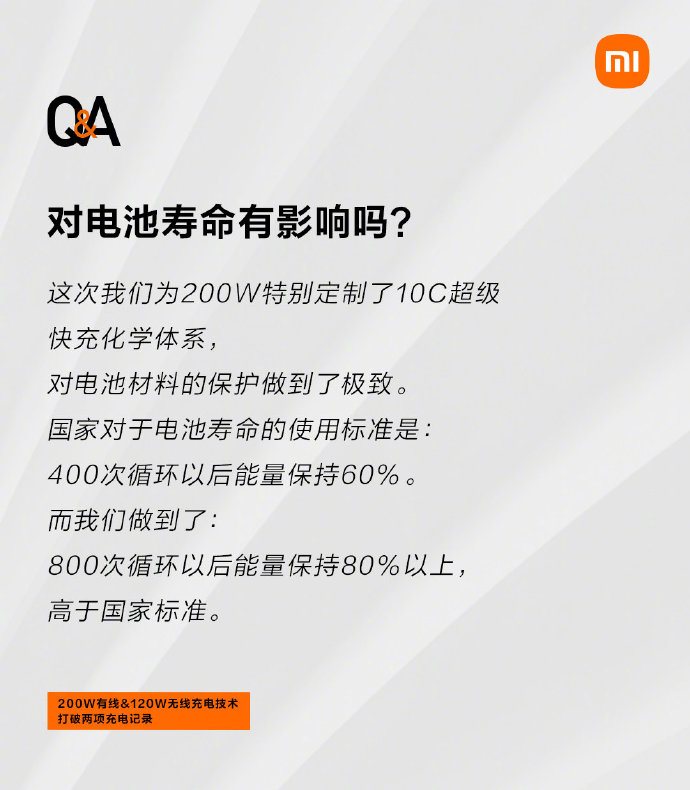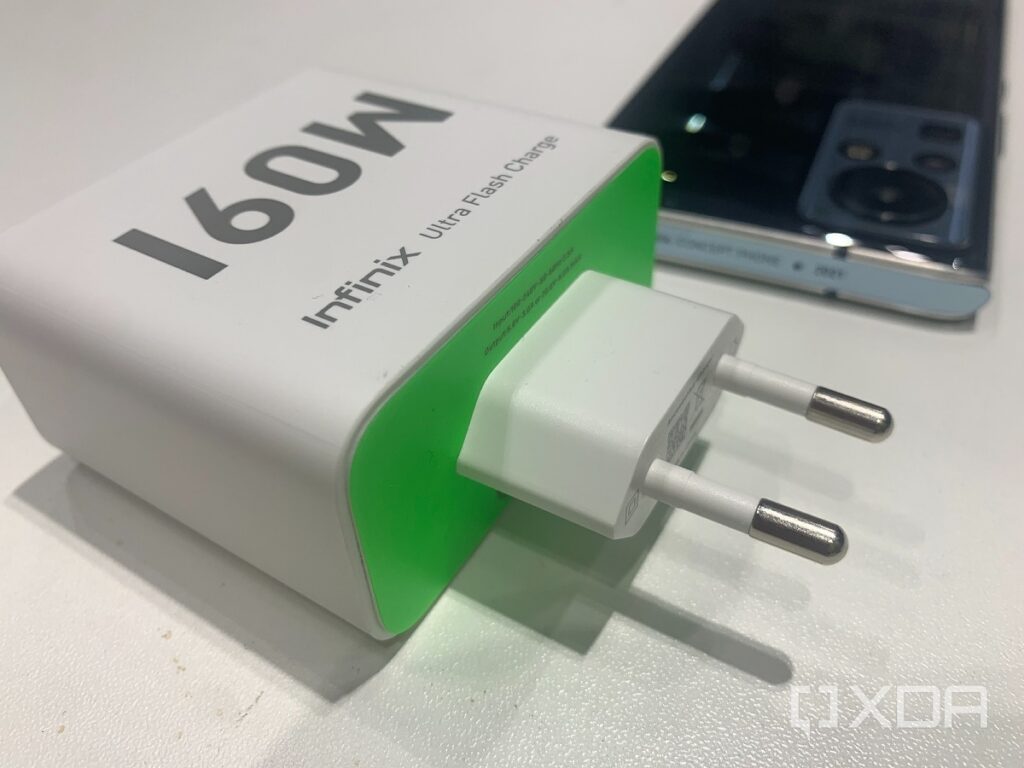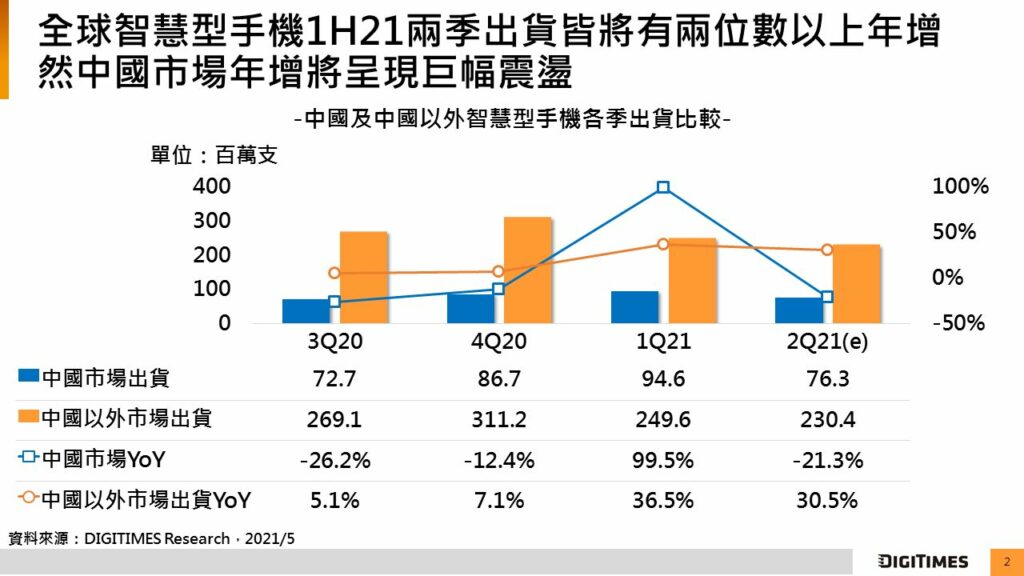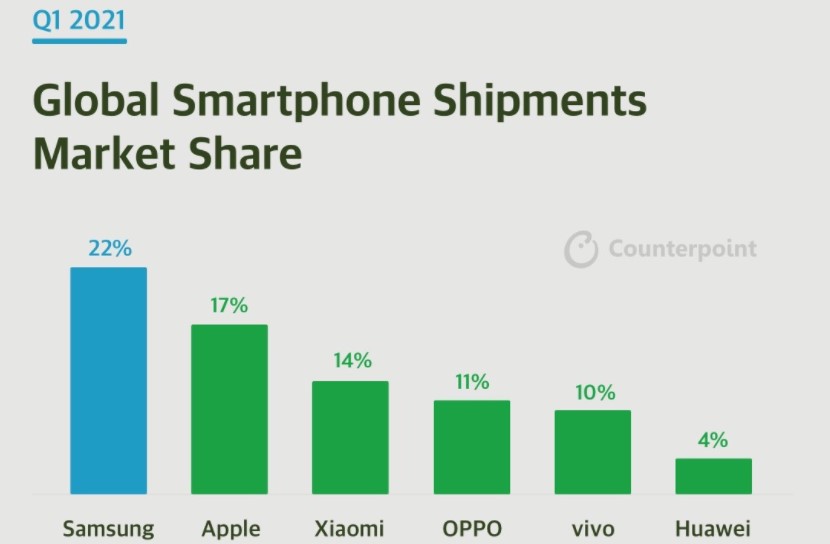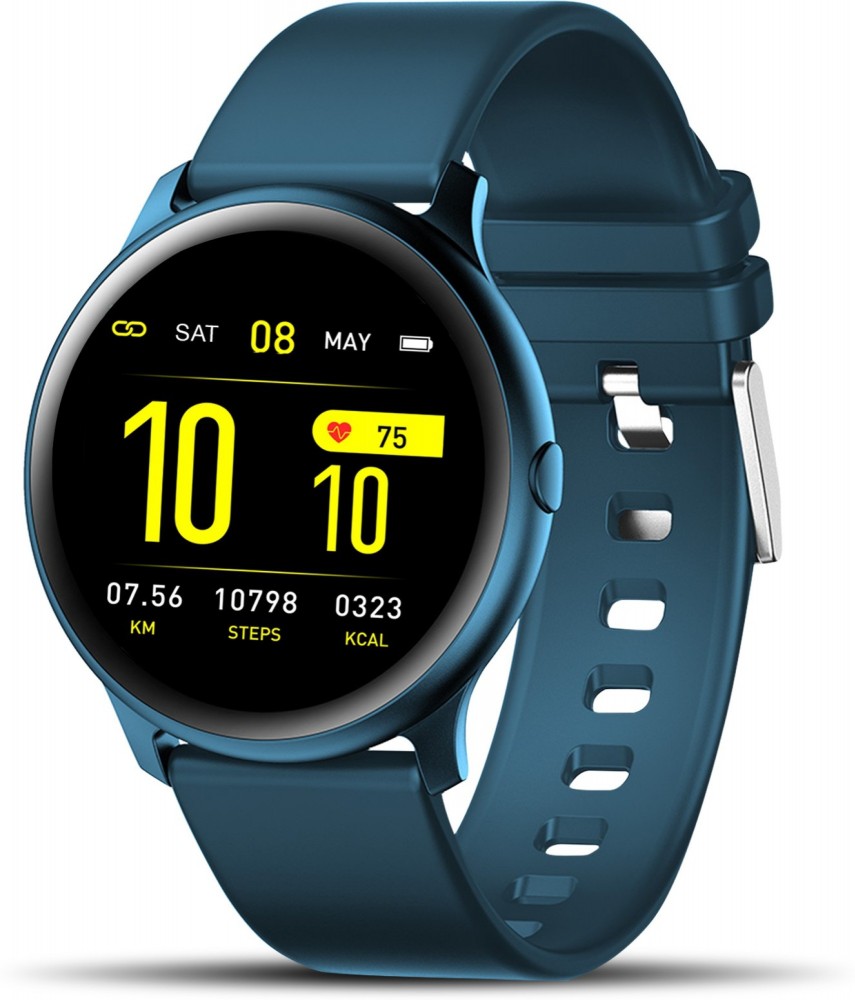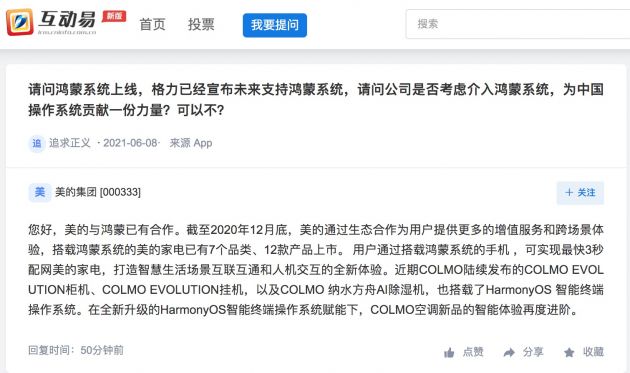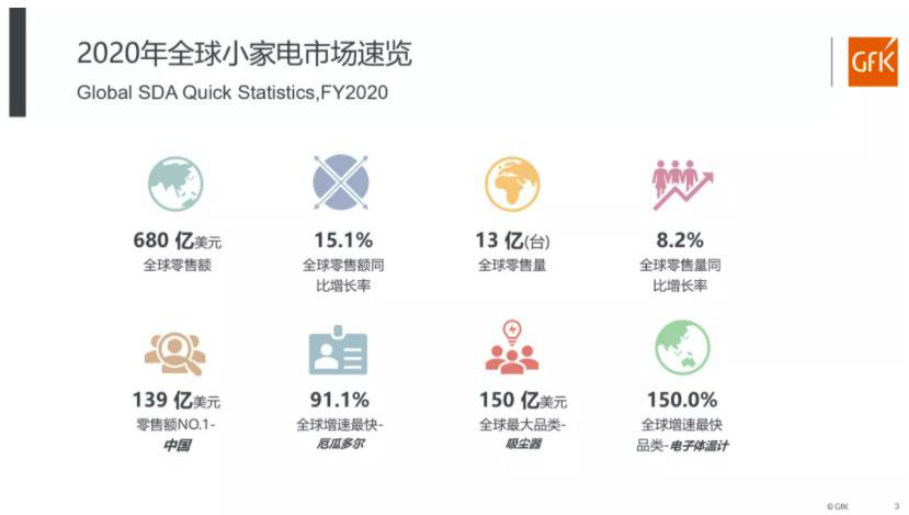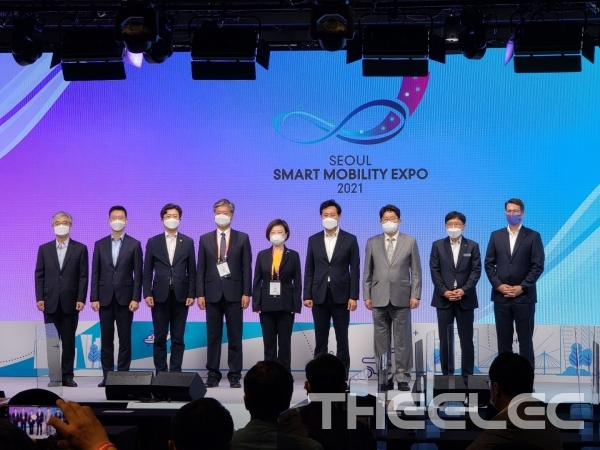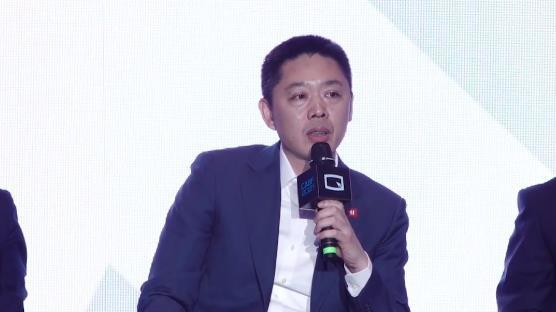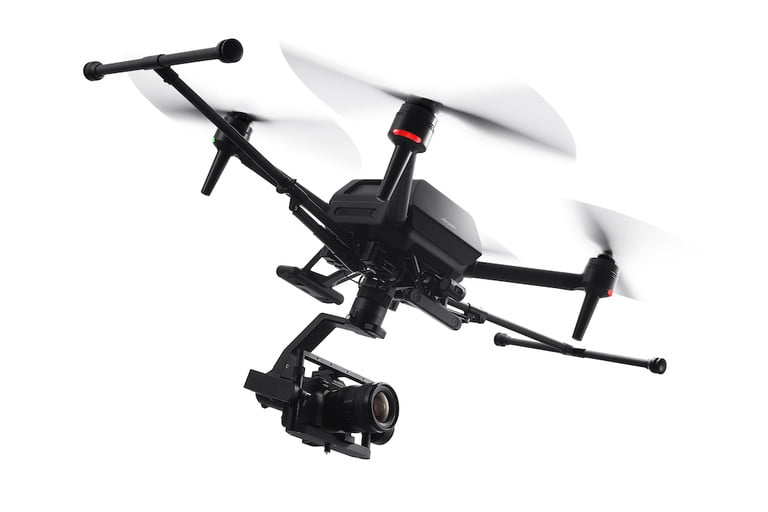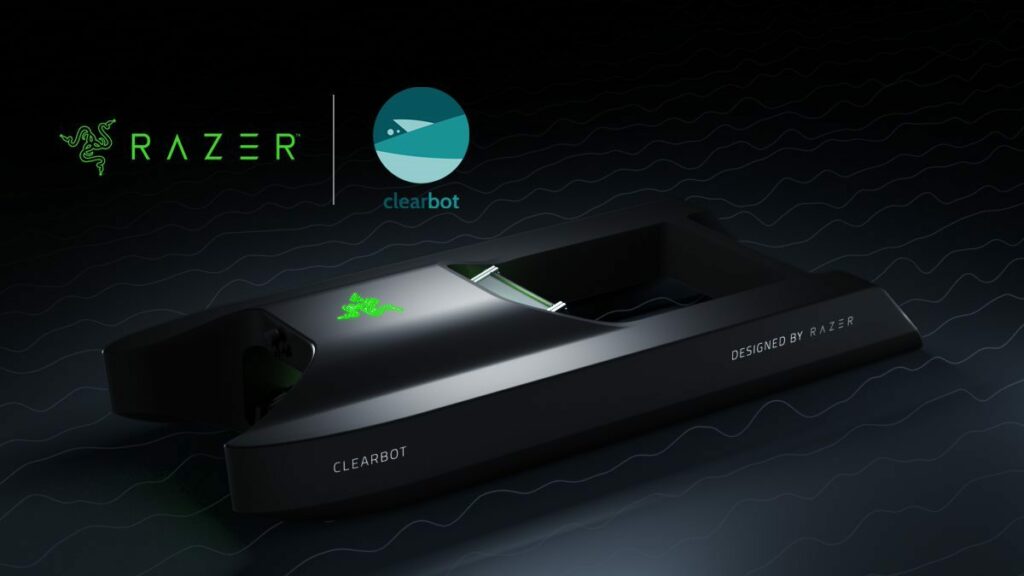
6-12 #DragonBoatFestival : Intel allegedly has offered to acquire SiFive for more than USD2B; NVIDIA has agreed to acquire DeepMap; Samsung aims to expand the use of its 7th-generation V-NAND chip solutions; etc.
Shanghai Micro Electronics Equipment (SMEE), a domestic lithography machine manufacturer, has previously mass-produced self-developed lithography machines, but there is still a big gap between its technology and foreign countries. It is reported that China’s domestic 28nm DUV lithography machine plans to be produced from SMEE by the end of 2021, and 48nm and 28nm chips will be manufactured on a proprietary Shanghai production line for IoT devices. It is also expected that in 2023, SMEE’ 20nm lithography technology will be the first to be deployed for the manufacture of 5G device chips. (163, QQ, My Drivers, Verdict)
SiFive has allegedly received takeover interest from investor Intel. Intel has offered to acquire SiFive for more than USD2B. The company has received takeover offers from multiple parties other than Intel. SiFive is the leading designer of chips based on the open source RISC-V architecture. (CN Beta, Bloomberg, Tom’s Hardware, Reuters)
NVIDIA has agreed to acquire DeepMap, a startup dedicated to building high-definition maps for autonomous vehicles to navigate the world safely. DeepMap is expected to extend NVIDIA’s mapping products, help scale worldwide map operations and expand full self-driving expertise. (CN Beta, Nvidia, TechCrunch)
According to Strategy Analytics, the global smartphone AP market grew 21% YoY to USD6.8B in 1Q21. Strategy Analytics estimates that Qualcomm , MediaTek , Apple , Samsung LSI and HiSilicon captured the top 5 revenue share rankings in the smartphone applications processor (AP) market in 1Q21. Qualcomm led the smartphone AP market with a 40% revenue share, followed by MediaTek with 26% and Apple with 20%. 5G APs accounted for 41% of total smartphone APs shipped in 1Q21. (Gizmo China, Strategy Analytics)
GlobalFoundries has asked a judge to rule that it does not owe USD2.5B to International Business Machines (IBM) over a 2014 deal in which the semi-conductor maker agreed to take an unprofitable chip-manufacturing unit off IBM’s hands. IBM agreed in 2014 to pay GlobalFoundries USD1.5B for GlobalFoundries to acquire the unit. As part of the deal, GlobalFoundries became IBM’s exclusive provider of certain power processors for the next 10 years, in exchange for access to IBM’s intellectual property. (EET-China, Reuters, Bloomberg, Yahoo, Sina, Sohu)
After Intel CEO Pat Gelsinger took office, he has proposed the IDM 2.0 strategy, including advancing advanced technologies such as 7nm, building fabs, and opening up foundry services. At that time, Intel has stated that the foundry business would not set extremely high thresholds and would maintain a welcome attitude towards products with various architectures. Although Samsung also has a very advanced process, NVIDIA feels that it is not enough and needs to find a backup solution. At this time, only Intel is in sight. Currently, only these 3 companies are in 10nm and more advanced technology and possesses mass production capability. (CN Beta, PC Gamer, Guru3D, My Drivers)
Tianma has indicated that currently, from the company’s order forecast, the demand for orders continues to be full, and the supply of products for smartphones and automotive is in shortage. In 2021, while maintaining the global leading position in the smart phone business, Shenzhen Tianma’s LTPS business will rely on the accumulated experience and rich customer resources in the LTPS field to actively expand the mid-size (including laptops, tablets) and in-vehicle businesses. (Laoyaoba, 10JQKA)
BOE Technology reportedly has formed a task force working on a plan to set up its third Gen-10.5 LCD fab, according to Digitimes. It also plans to expand the production capacity of its two existing Gen-10.5 LCD plants in Hefei and Wuhan. The new plant is in Wuhan and is scheduled to be put into production before the end of 2023, with a planned production capacity of 120K substrates/month. The monthly production capacity of the Hefei Gen-10.5 plant will increase from the current 120K substrates to 155K substrates by the end of 2021, and the production capacity of the Wuhan Gen-10.5 plant will increase from the current 155K substrates to 180K substrates in 2022. (Laoyaoba, Digitimes)
Samsung Display has filed two trademark applications related to OLED screens to the European Union (EUIPO) and the UK Intellectual Property Office (UKIPO). The two newly filed trademark applications are “Eco OLED” and “Eco² OLED”, and the registration categories include OLED/TV display panels, smartphone screens, flexible screens for computers, tablets/laptops/other communication devices monitor. (CN Beta, LetsGoDigital, IT Home)
Samsung has introduced the industry’s first 0.64-micrometer (μm)-pixel image sensor, the 50-megapixel (MP) Samsung ISOCELL JN1. Equipped with the latest pixel technologies such as enhanced ISOCELL 2.0, Smart-ISO and Double Super PDAF, the JN1 can capture more vivid images on the industry’s smallest 50MP mobile sensor. (CN Beta, Android Authority, Sam Mobile, Samsung, SlashGear)
Taiwan-based voice coil motor (VCM) suppliers expect order pull-ins from Apple to gradually turn strong starting from Jun 2021 as the US brand is expected to release its next-generation iPhones later 2021, according to sources from the upstream supply chain. The next-generation iPhones are expected to have upgrades in camera modules and 3D sensors for Face ID, resulting in increasing use of VCMs. Apple has also asked related component suppliers to increase their capacities by 30-40% in order to meet its demand. (Digitimes, press, Laoyaoba, Sohu)
O-Film and Wingtech have signed an agreement to transfer 100% equity of Delta Imaging and operating assets specific overseas customers to Wingtech. After the completion of the settlement, O-Film’s previous supply of cameras to Apple will be transferred to Wingtech, and Wingtech is expected to enter Apple’s supply chain. (CN Beta, Financial Times)
Zeiss Group, the Germany-based company that manufactures optical electronics and optical products, is now looking to expand its footprints in the mobile market as the demand for imaging technology is surging. Zeiss China, the local subsidiary, has partnered with vivo and launched vivo X60 series phones. (Gizmo China, China Daily, vivo)
SK Hynix has unveiled specifications of its next-generation HBM3 memory. The HBM3 memory is expected to achieve 5.2Gbps I/O speeds which is a 44% improvement over the existing HBM2E memory. The HBM3 memory will achieve up to 665GB/s of raw bandwidth while the HBM2E memory peaks out at 460Gbps. (Neowin, CN Beta, SK Hynix, WCCFTech)
According to market researcher Omdia, Samsung ranked first in the global DRAM market with a 41.7% share in 1Q21, followed by SK Hynix (30%) and Micron Technology (23%). Analysts said Samsung is on the right path toward maintaining its DRAM leadership this year, where the company has been the top player since 1992. Samsung, which first commercialized SSDs using NAND flash memory, currently commands 33.3% of the SSD market, nearly double the 16.7% share of its immediate runner-up Intel. (CN Beta, Korea Economic Daily)
Showa Denko has contracted with Seagate to jointly develop next-generation hard disk (HD) media for data recording with Heat Assisted Magnetic Recording (HAMR) technology, which is a next-generation data recording method for hard disk drives (HDDs). (CN Beta, Showa Denko)
Samsung Electronics aims to expand the use of its 7th-generation V-NAND chip solutions. In 2H21, Samsung will introduce a new consumer solid state drive (SSD) product based on its 7th-generation V-NAND chip. The company is currently testing a production line for 7th-generation 176-layer V-NAND flashes at Pyeongtaek’s new fab, Plant 2. The production volume is 10,000 sheets of 12-inch wafers per month. It is expected to immediately start preparations for mass-production of 8th-generation V-NAND flashes when this line goes live during 2H21. (Laoyaoba, Korea Bizwire, TechRadar, Korea Times, Korea Times)
Auto battery maker and Tesla Inc supplier LG Energy Solution (LGES) applied for preliminary approval of an initial public offering (IPO) that publication IFR has said could raise USD10B-12B in South Korea’s biggest ever listing. The South Korean electric vehicle (EV) battery maker, wholly owned by LG Chem, is separated from LG Chem in 2020. (CN Beta, Reuters, Pulse News)
Xiaomi has revealed that its 200W charging solution drains battery capacity at a significant rate. It turns out that 800 charging and discharging cycles at 200W results in the battery degrading to “above 80%” of its original capacity. The 800 cycles corresponds to just over 2 years, so that means a phone with a 4,000mAh battery will effectively have a about 3,200mAh battery after 2 years of charging via this method. (GSM Arena, Weibo, Android Authority, IT Home, GizChina)
Infinix could be preparing a budget phone with super-fast 160W charging. A 160W Ultra Flash Charge brick from Infinix is leaked, but it is not clear about the phone that will tag along this charger. (Gizmo China, XDA-Developers)
Google has announced its plans to build a new subsea cable dubbed “Firmina” that will connect the East Coast of the U.S. and Las Toninas, Argentina — with additional landings in Brazil and Uruguay. The idea here is to provide users in South America with improved low-latency access to Google’s portfolio of consumer and cloud services. The cable will be designed and installed by SubCom and should be ready for service by the end of 2023. (CN Beta, Google, TechCrunch)
Worldwide smartphone shipments are likely to reach 650M units in 1H21, and shipments in 1Q21 / 2Q21 each will register a double-digit growth from a year earlier, according to Digitimes Research forecasts. Shipments for all of 2021 will hike 6.4% on year to 1.32B units, Digitimes Research forecasts. Digitimes Research also forecasts global 5G smartphone shipments to reach 500-530M units in 2021, increasing 70-80% from a year earlier. Worldwide foldable smartphone shipments are likely to hit 18-20M units in 2021. (Digitimes, press, Gizmo China, Laoyaoba)
The US President Joe Biden has signed an executive order revoking the bans on TikTok and WeChat. In place of the Trump order, Biden will direct the commerce secretary to investigate apps with ties to foreign adversaries that may pose a risk to American data privacy or national security. (Phone Arena, The Verge, Reuters, NPR, WSJ, Washington Post)
According to Counterpoint Research, global smartphone shipments grew 20% YoY but declined 10% QoQ to reach 354.94M units in 1Q21. India’s smartphone market declined for a second quarter. However, Xiaomi continued to lead with a 26% share, growing 8% YoY driven by the Redmi 9 series. Samsung regained the top spot as the world’s biggest OEM, replacing Apple, which saw a seasonal quarterly decline in shipments. (Laoyaoba, Counterpoint Research)
vivo Y1s and vivo Y12s have received a price hike of INR500 in India. vivo has introduced a new 3GB RAM variant of the vivo Y1s budget smartphone. The new pricing should be applicable to both online and offline purchases. (Gizmo China, 91Mobiles)
Moto G Stylus 5G is announced – 6.8” 1080×2400 FHD+ HiD LTPS LCD, Qualcomm Snapdragon 480 5G, rear quad 48MP-8MP ultrawide-5MP macro-2MP depth + front 16MP, 6+256GB, Android 11.0, side fingerprint, 5000mAh 10W, USD399. (Neowin, Gizmo China, GSM Arena)
vivo Y73 2021 is launched in India – 6.44” 1080×2400 FHD+ u-notch AMOLED, MediaTek Helio G95, rear tri 64MP-2MP macro-2MP depth + front 16MP, 8+128GB, Android 11.0, fingerprint on display, 4000mAh 33W, INR20,990 (USD315). (GSM Arena, India Times, Gizmo China)
OnePlus Nord CE 5G is announced in Europe – 6.43” 1080×2400 FHD+ HiD Fluid AMOLED 90Hz, Qualcomm Snapdragon 750G 5G, rear tri 64MP-8MP ultrawide-2MP depth + front 16MP, 6+128 / 8+128 / 12+256GB, Android 11.0, fingerprint on display, 4500mAh 30W, start from EUR299. (GSM Arena, Pocket-Lint, Liliputing)
Nokia C20 Plus is announced in China – 6.5” 720×1600 HD+ v-notch, Unisoc SC9863A, rear dual 8MP-2MP depth + front 5MP, 3+32GB, Android 11.0 (Go), no fingerprint, 4950mAh 10W, CNY699 (USD110). (GSM Arena, Phone Arena, Nokia, CN Beta)
Facebook reportedly plans to launch a stainless steel-framed smartwatch in summer 2022. It will have removable parts, is aimed at fitness enthusiasts, can work without a phone, and might have AR use-cases in its future. The device will feature a display with two cameras that can be detached from the wrist. One camera on the front of the watch display will be used for video calling. Another 1080p camera with auto-focusing will be used when detached for capturing pictures and videos. (Pocket-Lint, The Verge, Android Central)
Gionee unveiled smartwatch StylFit GSW7 for India, which runs proprietary software called Gbuddy, which talks the to corresponding Gbuddy Smart Life app. It features 1.3” 240×240 LCD display, 130mAh battery that could last 4 days, IP67 for dust and water resistance. It is priced at INR4,000 (USD55). (GSM Arena, Gionee)
Midea Group has revealed that Midea and Huawei HarmonyOS are already in active cooperation. As of the end of Dec 2020, Midea’s HarmonyOS compatible devices are in 7 different categories. Midea hs also revealed that it currently has 12 products with Huawei’s HarmonyOS. (GizChina, CN Beta)
GfK has said that thanks to the “home economy” and “healthy home” trends during the epidemic, small household appliances boom in the global household appliance market in 2020. Global retail sales reached USD68B, an increase of 15.1% YoY, of which China contributed USD13.9B in retail sales, ranking first in the world; global retail sales reached 1.3B units, an increase of 8.2% YoY. In terms of categories, due to the impact of home quarantine, the addition and upgrading of kitchen appliances have become rigid needs, and the growth of small kitchen appliances has become obvious. (163, Sohu, Laoyaoba)
German electric air mobility company Lilium has partnered with aerospace manufacturer Honeywell to develop the electronics and mechanical systems for the 7-seater Lilium Jet, the company’s debut eVTOL. Honeywell will supply its compact fly-by-wire system, a flight control component that will be responsible for controlling all of the Jet’s moving parts, and the aircraft’s avionics system. (TechCrunch, Lilium, PR Newswire, CN Beta)
Hyundai Motor has revealed that it has signed a collaboration agreement with South Korea’s capital Seoul to build an urban air mobility (UAM) ecosystem. The company has claimed it will commercialize UAM by 2028. Hyundai is also in talks with officials at Los Angeles to commercialize UAM. (Gizmo China, The Elec)
Huawei Technologies is aiming on developing its driverless passenger car technology by the year 2025. According to Wang Jun, a senior executive at Huawei’s smart vehicle unit, their team’s goal is to reach true driverless passenger cars in 2025. (Android Headlines, Gizmo China, East Money, Sina)
Sony has announced its first drone, the Airpeak S1, priced at USD9,000 and it will out-accelerate the competition by rocketing to 50 miles per hour in just 3.5 seconds and on to a maximum speed of 55.9mph. It is controlled using the Airpeak Flight app which at launch will be available only for iOS, and a special remote control. (Digital Trends, Neowin, iFanr, Sohu)
Razer has announced that it has partnered with marine-waste cleaning firm ClearBot to reduce pollution from ocean plastics. Two companies team up to create an AI-powered drone that cleans the ocean. Clearbot, which already uses robots to clean the ocean, says its goal is to remove 100 tons of waste through 2022. (CN Beta, IGN, Razer, VentureBeat)
On the heels of acquiring sales tax specialist TaxJar in Apr 2021, Stripe is making another big move in the area of tax. The USD95B payments behemoth is launching a new product called Stripe Tax, which will provide automatic, updated sales tax calculations (covering sales tax, VAT and GST) and related accounting services to Stripe payments customers initially in some 30 countries and across the U.S. (TechCrunch, Stripe, Stripe)

